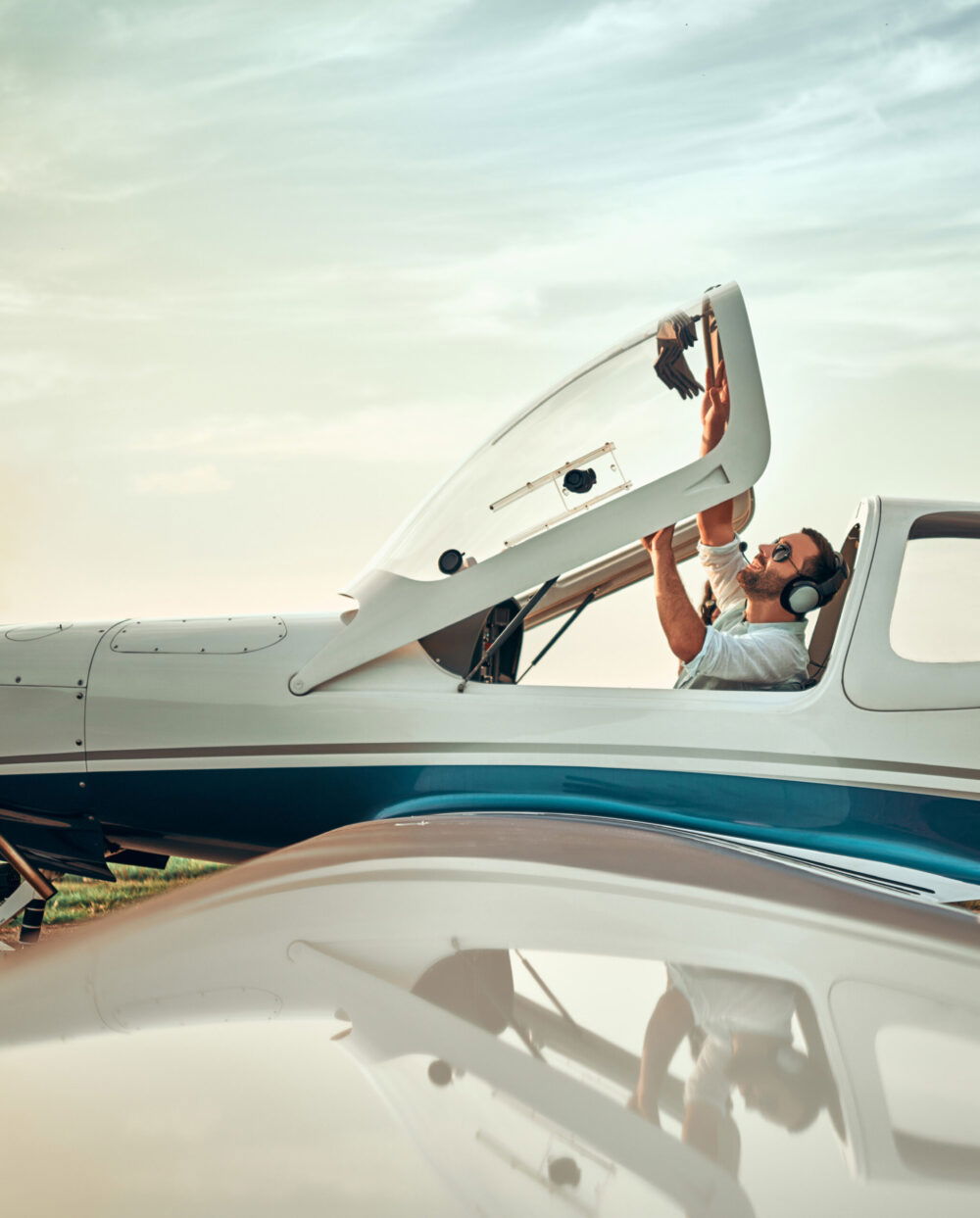The U.S. Air Force pushed the limits of its storied U-2 spy airplane and the aircraft’s crew in July with a record-breaking 14-hour flight across the U.S.
According to officials at Beale Air Force Base in California, a two-seat U-2 variant known as the TU-2S from the 9th Reconnaissance Wing flew across all 48 contiguous U.S. states on July 31, covering over 6,000 nm. It was the longest single flight flown by a U-2 since its maiden flight in 1955.
The Air Force said the journey “maxed out the operational range of the U-2” and placed the pilots “at the edge of their physiological limit.”
The TU-2S took off from and landed at Beale, which is located north of Sacramento.
“This flight is historic, and it is fitting that it was planned and flown by aircrew from the 1st Reconnaissance Squadron, America’s longest-serving flying unit,” said Lieutenant Colonel John Mattson, 1st Reconnaissance Squadron commander. “The character of war is changing, but our extreme ownership of our mission to build aircrew ready to exploit and dominate the electromagnetic spectrum and win will never change. We continue to hone our combat competencies showcasing Beale’s capacity as a power projection platform to rapidly respond to adversary actions anywhere in the world.”

At the controls was a U-2 chief pilot identified only as “Lt. Col. JETHRO” of the 1st Reconnaissance Squadron, alongside Cory Bartholomew, a flight safety officer and instructor pilot also with the 1st Reconnaissance Squadron.
In a statement, Bartholomew said the flight was over a decade in the making.
“Eleven years ago, I realized just how far we could hypothetically fly the U-2 if we really wanted to push its limits to see just what it could do,” he said. “Now that we’re on the 70th anniversary of the U-2, 70 years at 70,000 feet, it seemed right to demonstrate the true capability of this aircraft.”
The flight was planned by the 1st Reconnaissance Squadron, with support from the 9th Physiological Support Group and the 9th Aircraft Maintenance Squadron.
Air Force officials emphasized that a “single mistake” could have cost the crewmembers their lives and said extra precautions were taken to prepare the aircraft and the personnel on board.
Though it saw the height of its public visibility during the Cold War, the U-2 has continued to fly missions with the Air Force. Its role has largely been taken over by spy satellites and unmanned aircraft, however, and the military expects to officially retire the U-2 in 2026.








